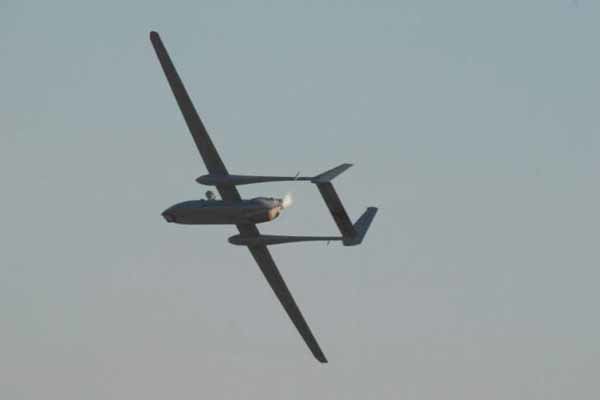Iran, Russia sharing drone technology

TEHRAN – Iran and Russia have started partnership to design and manufacture unmanned aerial vehicles which can be exported to Russia later on, an Iranian aviation official said on Saturday.
“We have started a few joint works with Russia, including cooperation on designing certain drones which we can export to Russia,” Abdolkarim Banitarafi, head of Iran Aviation Industries Organization, told reporters on the sidelines of the International Aviation and Space Salon (MAKS) in Russia.
“Since Iran is among top drone manufacturers and designers in the world, Russia is eager to cooperate with us in this area,” Banitarafi said while stressing that not all drone requests by Russia could “be granted.”
The official did not elaborate on the issue.
In September 2016, Major General Mohammad Bagheri, Iran’s armed forces chief, said Russia had sought Iran’s technology to manufacture long-range drones, which he said could target positions with a one-square-meter cross-section.
So far, the Russian side has not openly confirmed the partnership.
Over the past years, Iran has shown off a number of combat and reconnaissance drones. It unveiled its first domestically built drone bomber, Karrar, in 2010 with a range of 1,000km and the capability to carry two 250-pound bombs or a precision bomb of 500 pounds.
Since then, Iran has also introduced Saegheh, Ababil, Fotros, Hazem, Mohajer, Sarir, Shahed 129, and Yasir.
Fotros can fly at an altitude of 25,000 feet and has a flight time of 16 to 30 hours while Mohajer can fly up to 3,000km.
In June, the U.S. Army said it had shot down an armed, Iran-made drone in southeastern Syria. Also, Iran aired footage from a drone in the Syrian battlefield as its missiles hit Islamic State targets.
In addition to its indigenous know-how, Iran has used reverse engineering to upgrade its drone fleet.
In December 2011, Iran captured a U.S. RQ-170 Sentinel reconnaissance drone in eastern Iran that had been reported lost by U.S. forces in neighboring Afghanistan.
Iran said the advanced drone was forced down nearly intact in an electronic attack that overrode flight systems.
Five years later, the Islamic Revolutionary Guards Corps displayed a new attack drone called the "Saegheh," or Thunderbolt, saying it was a replica of the captured RQ-170.
Reacting to the unveiling, then-Pentagon spokesman Colonel Steve Warren said, "There is no way it matches American technology.”
There were reports on Russia and China having immediately asked Iran for permission to inspect the drone.
Achieving the technology may be behind Russia’s efforts to seek closer drone cooperation with Iran.
One week after the successful capturing, Iran sent a senior official to Moscow to meet Russian officials, what Iranian media outlets linked to Russia’s efforts to inspect the super-secret CIA stealth drone.
PA/PA
